New Jersey’s largest resiliency park can hold up to 2 million gallons of stormwater
Find out more
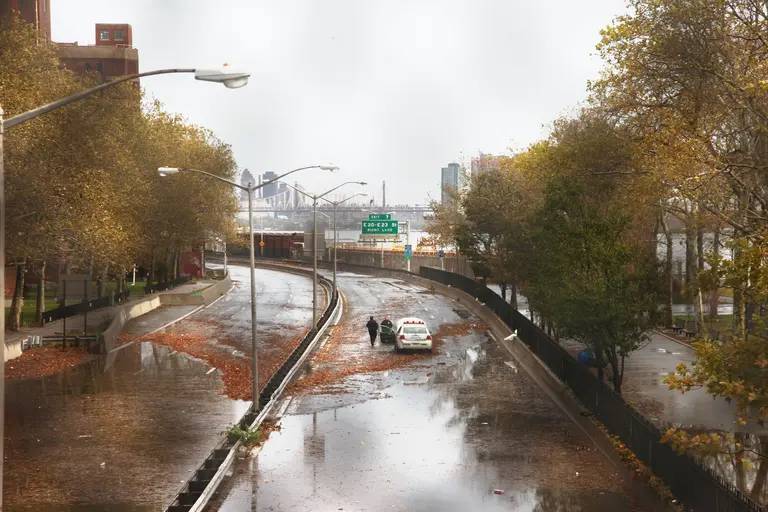
Photo credit: Chris Ford via Flickr
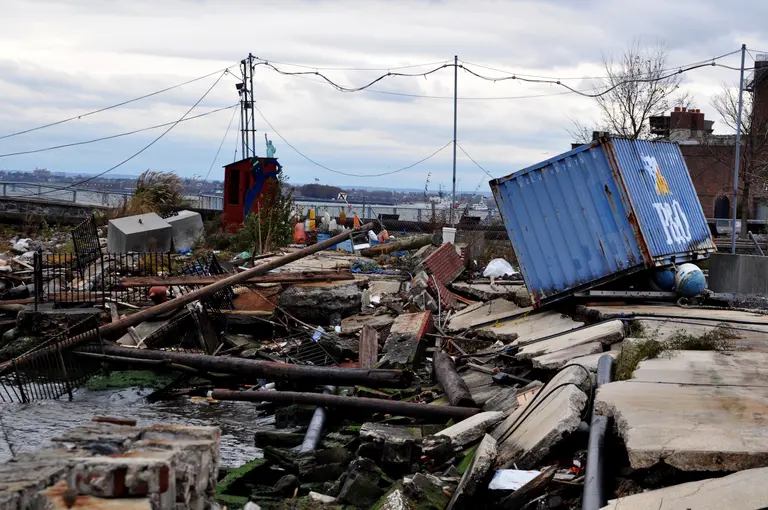
Red Hook after Sandy; Photo by Michael Fleshman on Flickr

Rendering of original sea wall plan via Governor Cuomo’s office
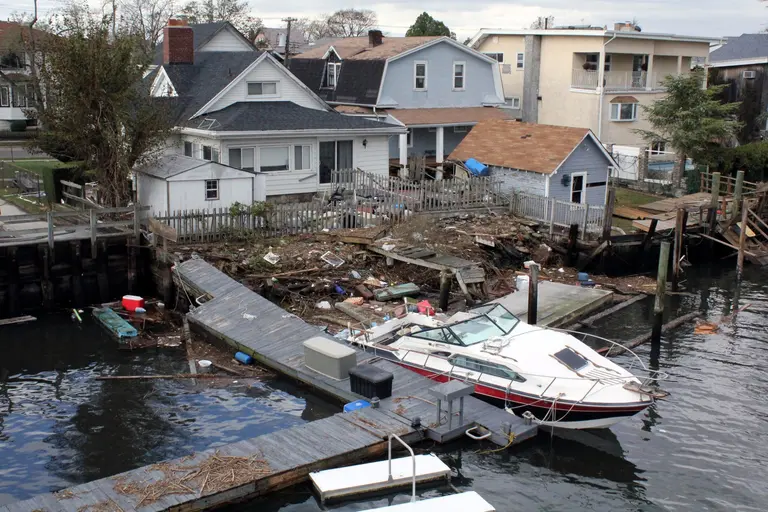
A Howard Beach home after Hurricane Sandy, photo courtesy of Pamela Andrade’s Flickr
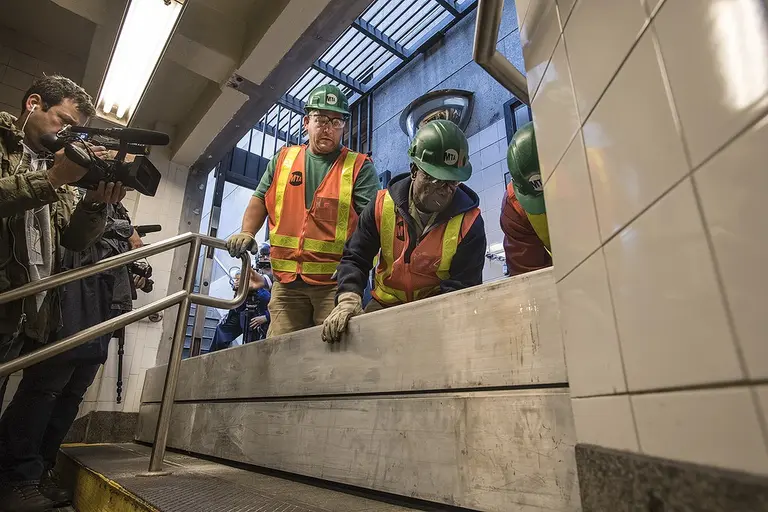
Photo courtesy of the MTA on Flickr
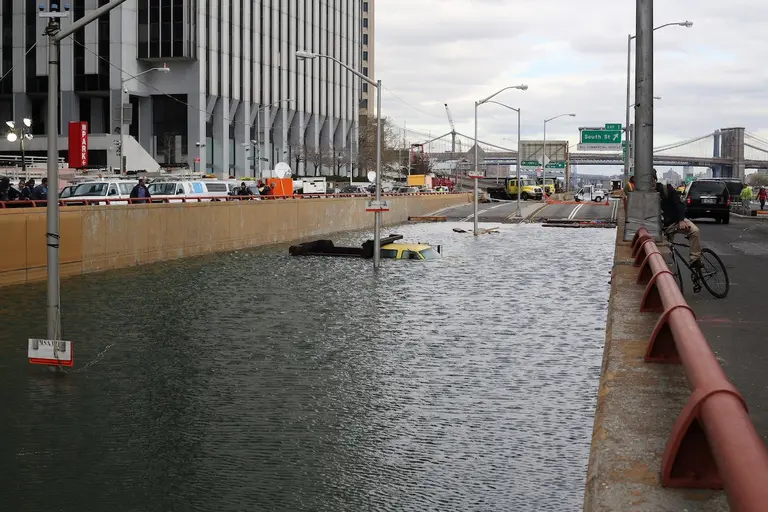
Flooded Battery Park Tunnel after Hurricane Sandy. Image: Timothy Krause via Flickr.
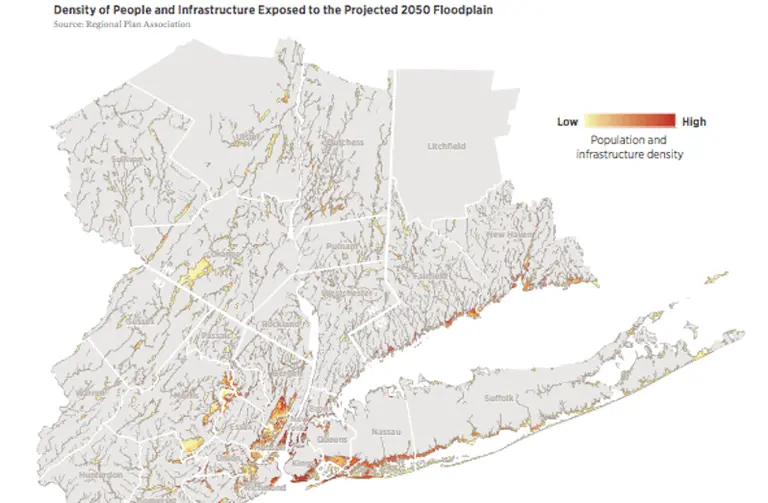
Density of population and infrastructure in the projected 2050 floodplain. Image: RPA.

Rendering via Governor Cuomo’s office
Mayor de Blasio’s 2014 goal for Hurricane Sandy reconstruction was to start the rebuilding of 1,000 homes and distribute 1,500 reimbursement checks to homeowners who paid for repairs out of their own pockets. And not only have those goals been met, but they’ve been exceeded. According to the Daily News, the city has begun construction on 1,002 […]
Pix11 has rounded up memorial events in New York and New Jersey to mark the second anniversary of Hurricane Sandy. It’s National Cat Day! And in honor of the occasion Uber’s UberKITTENS will deliver an ASPCA cat to your office for 15 minutes. More on Business Insider. In today’s Daily News, Jeremiah Moss, of Jeremiah’s […]